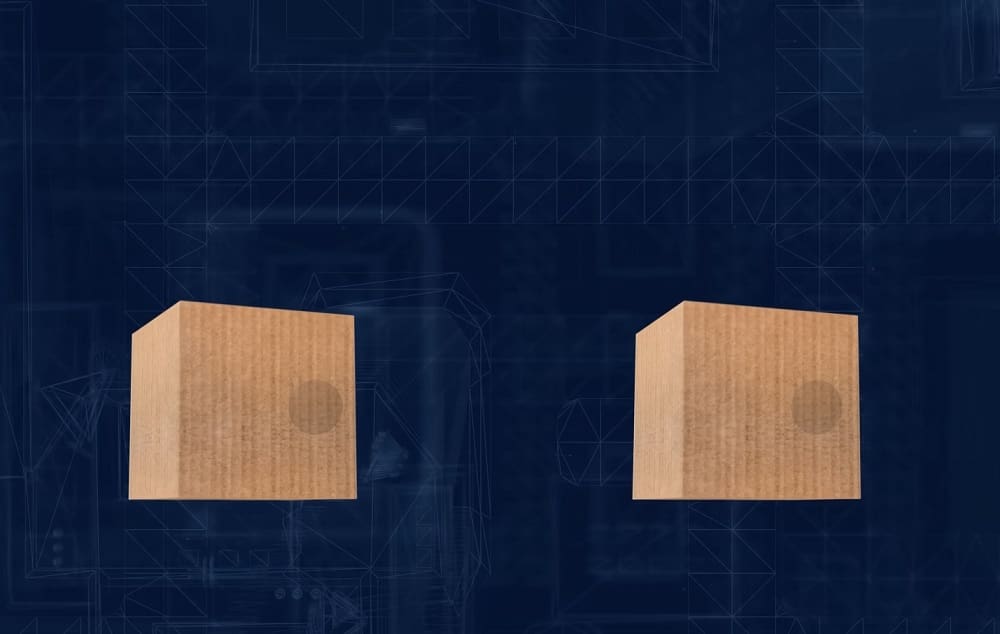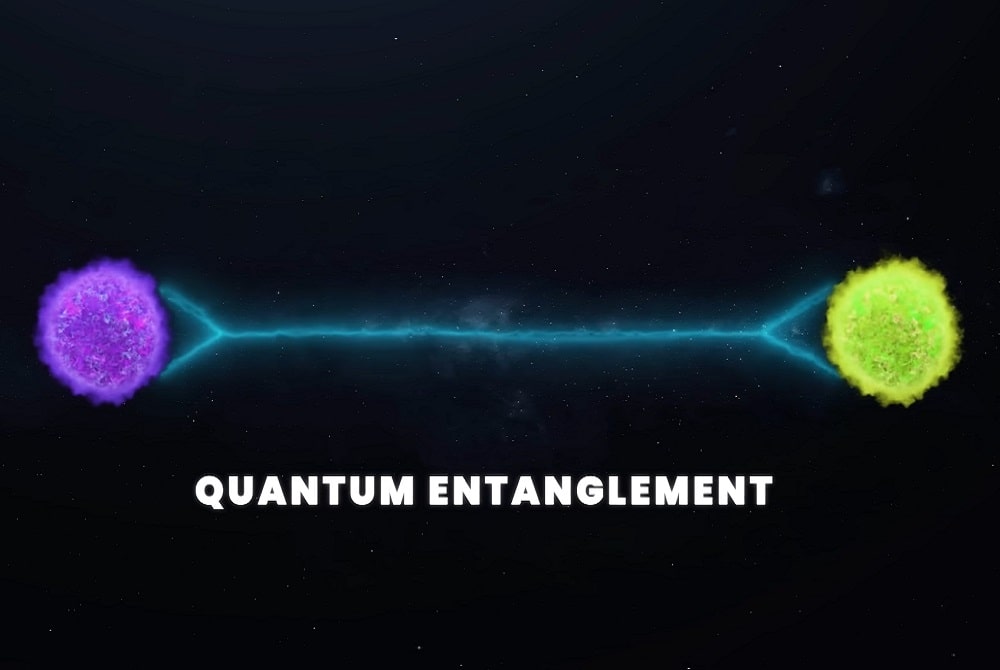Picture this scenario: Before you, two enigmatic boxes stand, concealing secrets within. Within one of these enigmatic containers lies a crimson-hued sphere, while the other cradles a blue sphere. Your task? Discern which box houses the red sphere and which harbors the blue. The complexity of this task lies in the delicate dance of uncertainty, as you strive to make the elusive correct choice.
Imagine, for a moment, the challenge that unfolds before you. As you reach for one of the mysterious boxes and pry it open, revealing the presence of the crimson sphere within, a cascade of revelation sweeps over you. In that instant, the shroud of uncertainty lifts, and the truth about the other box is unveiled. This is the essence of entanglement, where the fate of both boxes becomes intricately interwoven, and the enigma of their contents unravels in a burst of vivid discovery. In simple words, when you unlock the mysteries held within a single box, you gain profound insights into the contents of the other, illustrating the intricate entanglement that binds these two enigmatic containers together.
We're describing here a scenario similar to quantum entanglement, a captivating occurrence where particles become so intricately linked that the state of one particle cannot be independently described without accounting for the state of its entangled counterpart, regardless of the distance that separates them.
In this situation, when you open one box and discover its contents, you gain information about the other box. This concept can be likened to a form of correlation or dependency between the boxes, where the state of one box is intimately connected to the state of the other box, and the act of observing one box affects your knowledge of the other. This is similar to how measuring one entangled particle instantly provides information about its entangled partner, no matter how far apart they are.
It's worth noting that while this analogy captures some aspects of entanglement, quantum mechanics is a highly specialized field and involves complex mathematical formalism to fully understand and describe.
Imagine another scenario where we have two particles, aptly named A and B. Now, here's the intriguing part: When these two particles come into contact just once, something truly fascinating occurs. It doesn't matter how far apart we separate them afterward; they remain inextricably entangled. In essence, particle B will forever be under the influence of particle A. When two particles become entangled, their properties become correlated in a way that measuring one particle instantaneously determines the state of the other, regardless of the distance between them. This is known as "quantum entanglement.
Certainly! Quantum entanglement, a truly mind-boggling phenomenon within the realm of quantum physics, leaves even the most seasoned scientists awe-struck. This instantaneous connection between entangled particles seems to defy our classical intuitions about how information can be transmitted. Even though the effect appears to be faster than the speed of light, it doesn't violate the principle of causality or allow for faster-than-light communication, as no actual information is being transmitted.
Albert Einstein famously referred to this phenomenon as "spooky action at a distance" because it seemed to challenge our understanding of how the universe operates at a fundamental level.
Entanglement has been experimentally observed and verified many times, and it plays a crucial role in various quantum technologies, including quantum computing and quantum cryptography. It also raises profound philosophical and theoretical questions about the nature of reality and the foundations of quantum mechanics.















0 comments:
Post a Comment